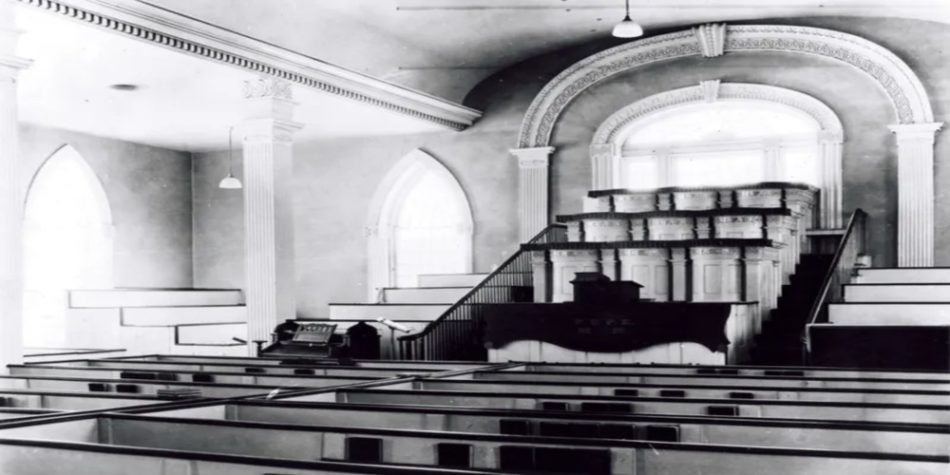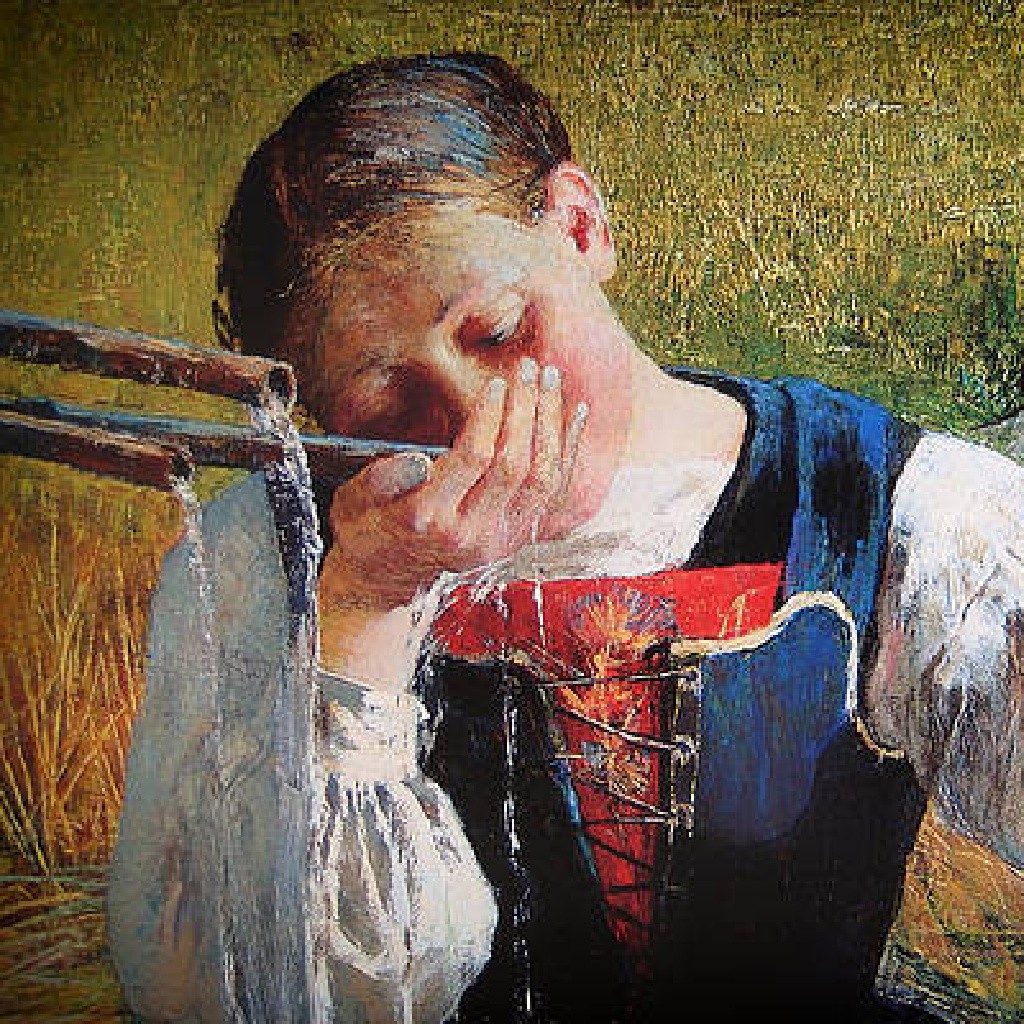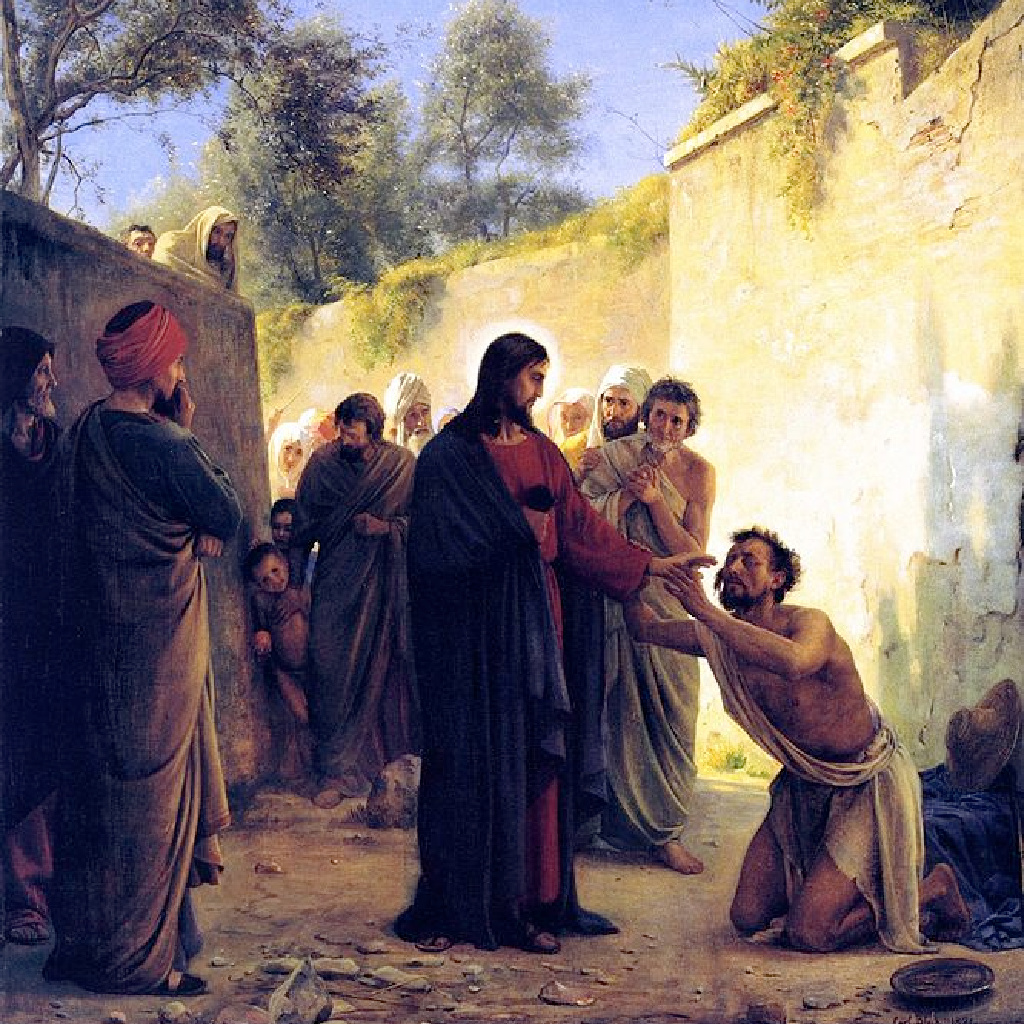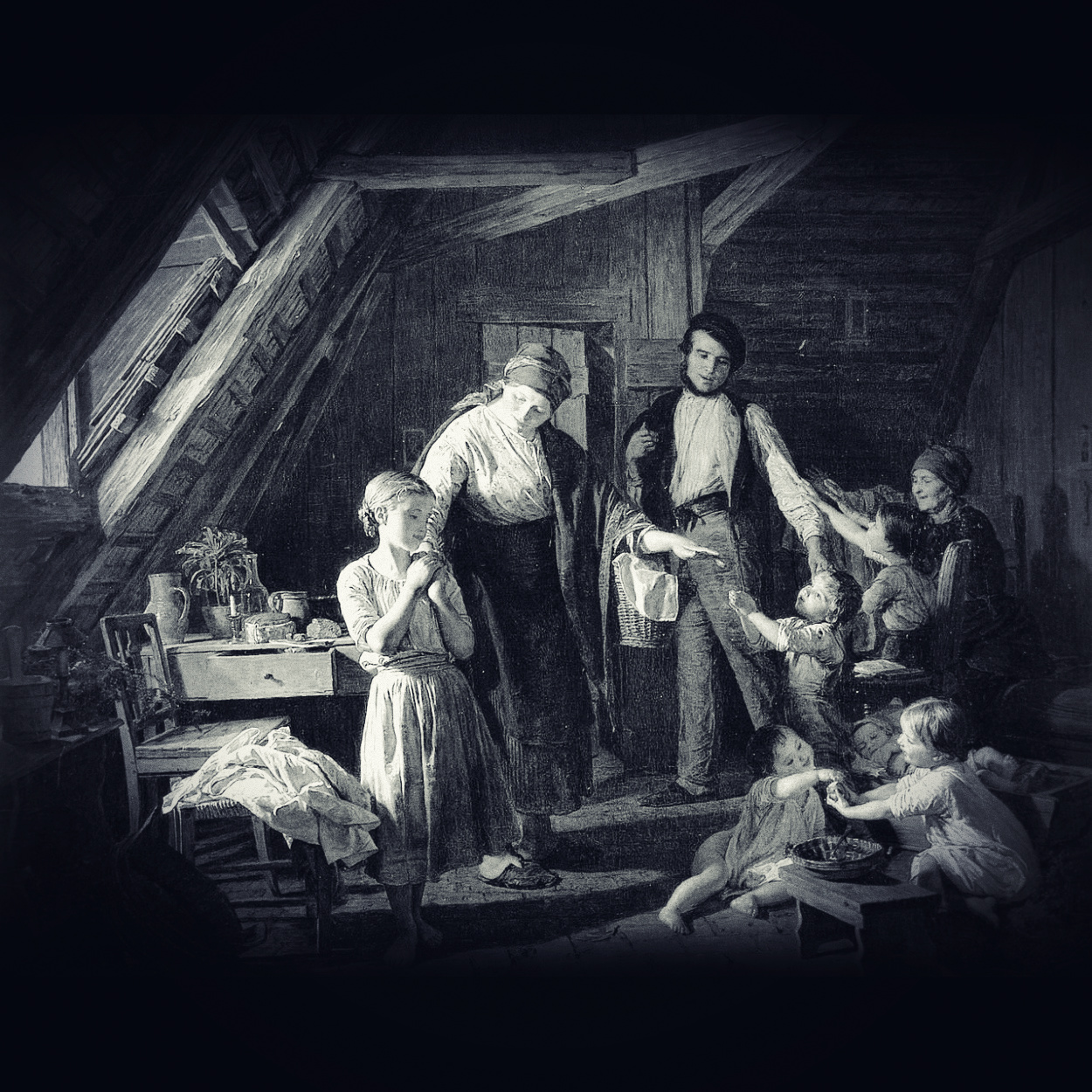On Tuesday, March 5, 2024, The Church of Jesus Christ of Latter-day Saints assumed control of the Kirtland Temple, among many other historic sites and manuscripts related to the early history of the Church. The Community of Christ had previous ownership of the property and manuscripts.
While there is a literal appendix full of the particulars of the transfer, the main takeaway will be that the Kirtland Temple has changed hands. The Kirtland Temple is sacred ground.
In the little more than a year that the Church of Jesus Christ operated the temple, some of the most remarkable spiritual experiences associated with the Church’s early founding occurred. Among the remarkable visitations included Jesus Christ, who visited in an event recorded in the Doctrine & Covenants section 110. During this visit, Christ accepted the temple as His house. In addition, Moses and Elijah appeared. Moses gave Joseph Smith the priesthood power to gather Israel. Elijah gave Joseph Smith the priesthood power to seal families together. These two functions remain at the heart of the Church’s teaching and mission today.
For Latter-day Saints, the Kirtland Temple is sacred ground. M. Russell Ballard, the former acting President of the Church of Jesus Christ’s Quorum of Twelve Apostles, said, “[Kirtland] is hallowed … sacred ground! There is no other place … where there have been as many spiritual manifestations, save the Holy Land. It has been said that we may yet discover that Kirtland is our most significant church history site … you have to think that Heaven was walking here with the people.”
Jesus is recorded as appearing in the Kirtland temple at least ten times. In Latter-day Saint historical records, no other place has claimed that many visits from the Savior.
But by 1838, the persecution of Joseph Smith and the other Latter-day Saints had reached a breaking point, and they left for Missouri, leaving their sacred temple behind. Many of those who persecuted the Latter-day Saints had themselves been members but became disaffected after the failure of the Kirtland Safety Society, a banking attempt by Joseph Smith.
Various factions of those former Latter-day Saints remained and took control of the temple, sometimes carrying guns. These include Warren Parrish, William McClellin, and Leonard Rich.
After being driven from Missouri, The Church of Jesus Christ of Latter-day Saints moved to Nauvoo, Illinois. After the death of Joseph Smith in 1844, the leadership responsibility for the Church fell to the Quorum of the Twelve Apostles, with Brigham Young as its president. Once again, they had to flee—this time to Utah, surely believing that they the geographic realities of the day permanently foreclosed their return to their first temple.
But there was contention over Young’s succession. While most Latter-day Saints followed Young, there remained a contingent in Illinois. The relationship between the churches has improved significantly over recent decades.
The Community of Christ also recognizes the period of the Kirtland temple as part of their early history. Because they had not been driven out of the area, they could remain and care for many of the important sites that had been abandoned, including the Kirtland Temple.
While there have been historical tensions between the denominations because of their competing succession claims, the relationship between the churches has improved significantly over recent decades. Both groups respect one another’s appreciation of the history and artifacts related to their shared history. The Church of Jesus Christ has been helping the Community of Christ fund their care for these sites for many years.
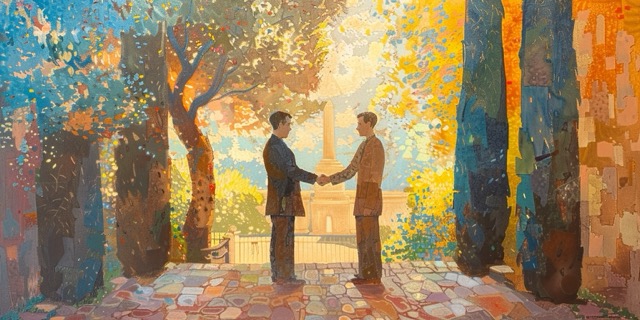
As a result of their relationship, the Church of Jesus Christ and the Community of Christ have exchanged many historically important artifacts and property. In 2012, The Community of Christ sold the site of the Haun’s Mill Massacre to the Church of Jesus Christ. In 2017, the printer’s manuscript of The Book of Mormon was sold. Details from today’s report explain that this sale has been in the works since 2021.
The Church of Jesus Christ paid $192.5 million for the transfer of these items.
Like many similar protestant denominations, the Community of Christ has been in a period of contraction over the last generation. Stephen Cranney details their finances in a 2021 analysis. In their last report, they remained $14 million short of their pension obligations. In addition, the Community of Christ was looking at cutting its missions by one-third in 2025.
On March 1st, four days before the announcement about the transfer of property, the Community of Christ announced, “The church has exceeded the Bridge of Hope Retirement Responsibility without the need for any investment account loans.”
The official announcement spoke generally of the ability of the funds from the sale to help the Community of Christ advance their mission, specifically through increased endowments. While the Community of Christ has projected this won’t meet all their projected expenses, it goes a long way in filling the gap. As they continue to readdress their finances, it is possible that the funds from the Church of Jesus Christ spent on these historical artifacts will not only help the Community of Christ meet its obligations to its pensioners but also help it operate into perpetuity—a worthy cause in aiding our religious cousins.
While certainly, some members of the Community of Christ mourn no longer being the caretakers of these sites, the religious mission of many in the church has come to emphasize the importance of fellowship over their unique history. Many members of the Community of Christ have welcomed and even celebrated the announcement as a way of refocusing and funding their priorities. In the Community of Christ’s statement, they highlighted their new ability to fund missionary and temple work. They also emphasized that the church leaders were unified in their support of the move. While some in both churches have framed this transfer as a victory or defeat, the reality is that this helps both groups continue in their respective directions. As the two largest groups who value these properties, this is a mutually beneficial arrangement that will allow these properties to continue to be cared for with the proper resources. The Community of Christ said in their announcement, “A spirit of collegiality, mutuality, and shared interest in the stewardship of the sites and items for future generations was present during the negotiations.”
In the announcement, The Church of Jesus Christ made clear that the temple would remain available to members of the Community of Christ and would continue to be available to them for meetings.
The Church of Jesus Christ’s new caretaking responsibilities have been celebrated among practicing Latter-day Saints and historians. The Church of Jesus Christ’s resources will allow them to maintain the temple and other properties acquired at a high level. In addition, the Church’s recently completed Joseph Smith Papers project has represented the pinnacle of historical accuracy, thoroughness, and transparency. Many reasonably expect these same high scholarly standards to be applied to the Church’s care for the Kirtland Temple.
Among Latter-day Saints, this news means that the temple’s caretakers will believe in and celebrate the miraculous encounters that shaped their faith there.
While the Kirtland Temple will be the major takeaway for most, the transfer also includes the Red Brick Store, the Mansion House, the Nauvoo House, the Smith Family Homestead, and the Bible and manuscript used in the Joseph Smith translation of the Bible. These items represent almost all the items that had been in possession of the Community of Christ that are of historical and/or religious interest to The Church of Jesus Christ. They have kept ownership of the Smith family gravesite and much of the land surrounding the temple lot in Independence, Missouri (though not the lot itself). As a result, this sale may represent the end of substantial property transfers between the two groups—at least for some time. The Church of Jesus Christ has many other historical properties in Kirtland and Nauvoo, and these new properties will join those already cared for.
Our overall feeling at this moment is one of gratitude. Russell M. Nelson, the president of The Church of Jesus Christ of Latter-day Saints, said, “We thank our friends at Community of Christ for their great care and cooperation in preserving these historical treasures thus far.” Latter-day Saints have long expressed gratitude for the exceptional care the Community of Christ put into caring for the temple. This site exists today because of the faithful stewardship by the Community of Christ.
During the latter half of the 19th century, when the Community of Christ took ownership of the temple, The Church of Jesus Christ was in a period of conflict with the US federal government. While the Church’s distance in Utah helped preserve the Latter-day Saints, it is possible that had they still owned the Kirtland temple, federal authorities could have confiscated it. And if the Community of Christ had not cared for the temple, it may have simply been lost to time.
This site exists today because of the faithful stewardship by the Community of Christ for the past one-hundred sixty-four years. For many, this arc of history reflects both the hand of the Lord in preserving this sacred site and the fulfillment of prophecy.
This transfer allows The Church of Jesus Christ to take control over one of its most beloved sites, and it allows the Community of Christ to fulfill its mission of fellowship. We congratulate all involved and celebrate this important milestone. Details of the transfer can be found at the Newsroom of The Church of Jesus Christ of Latter-day Saints.

